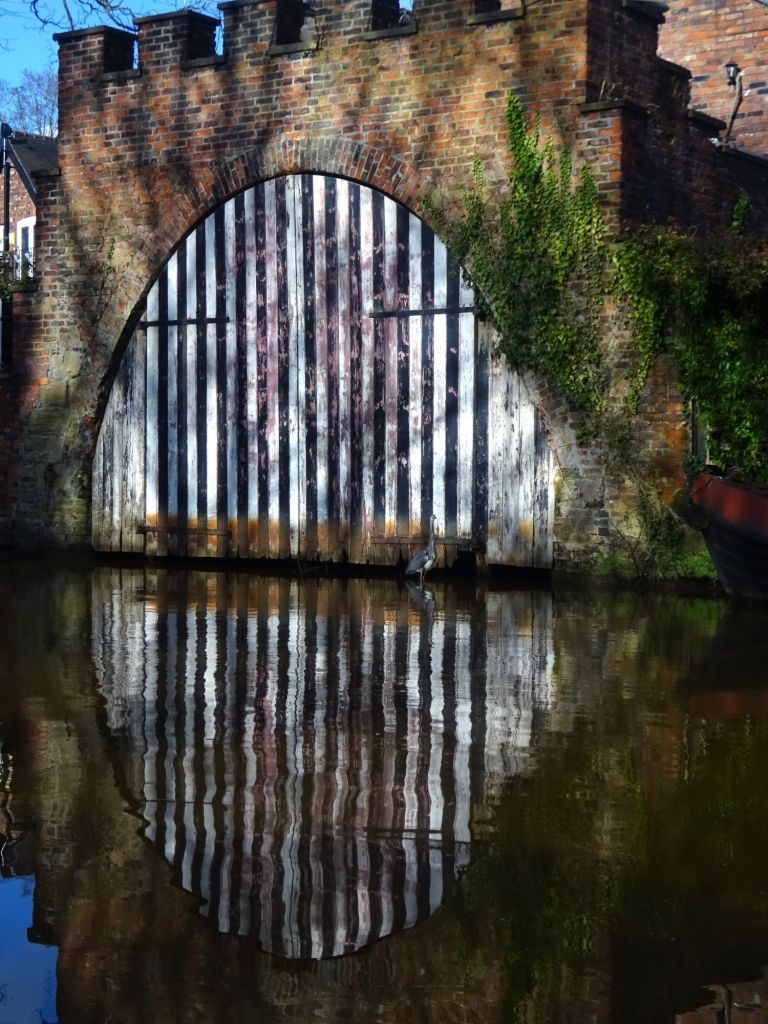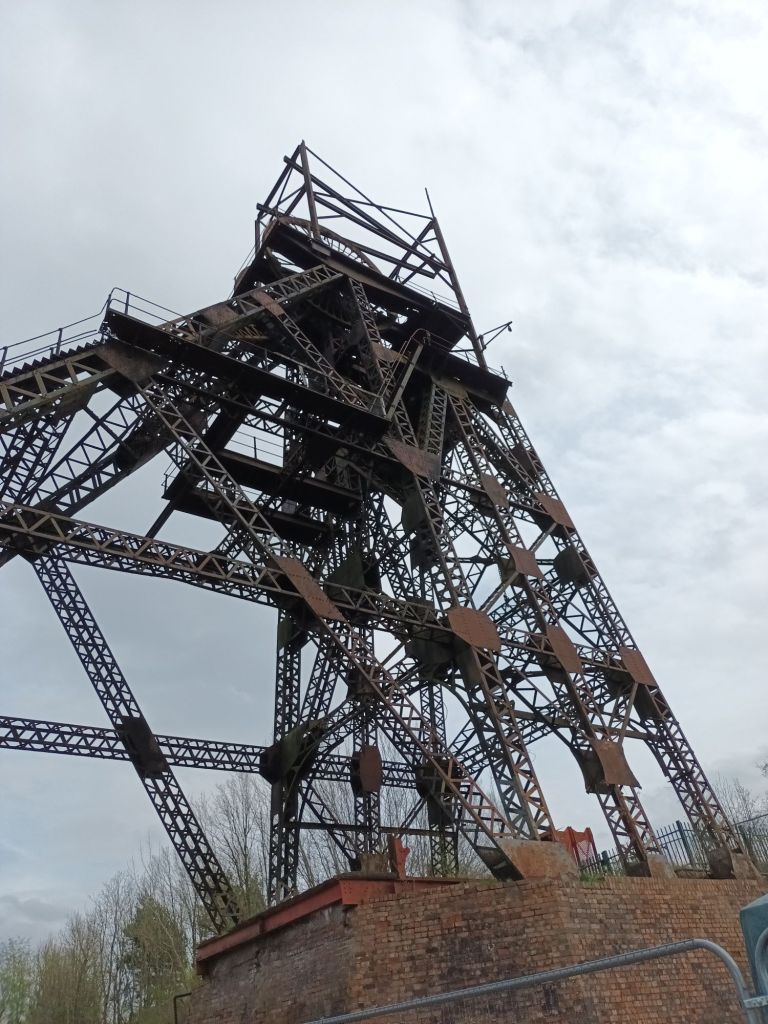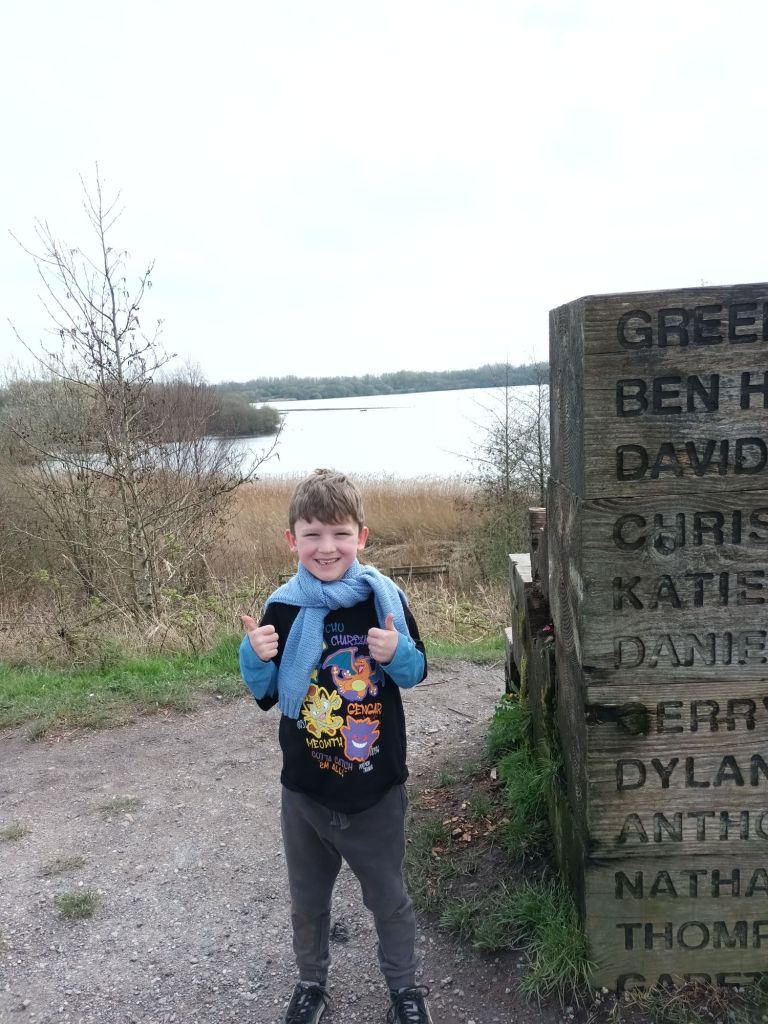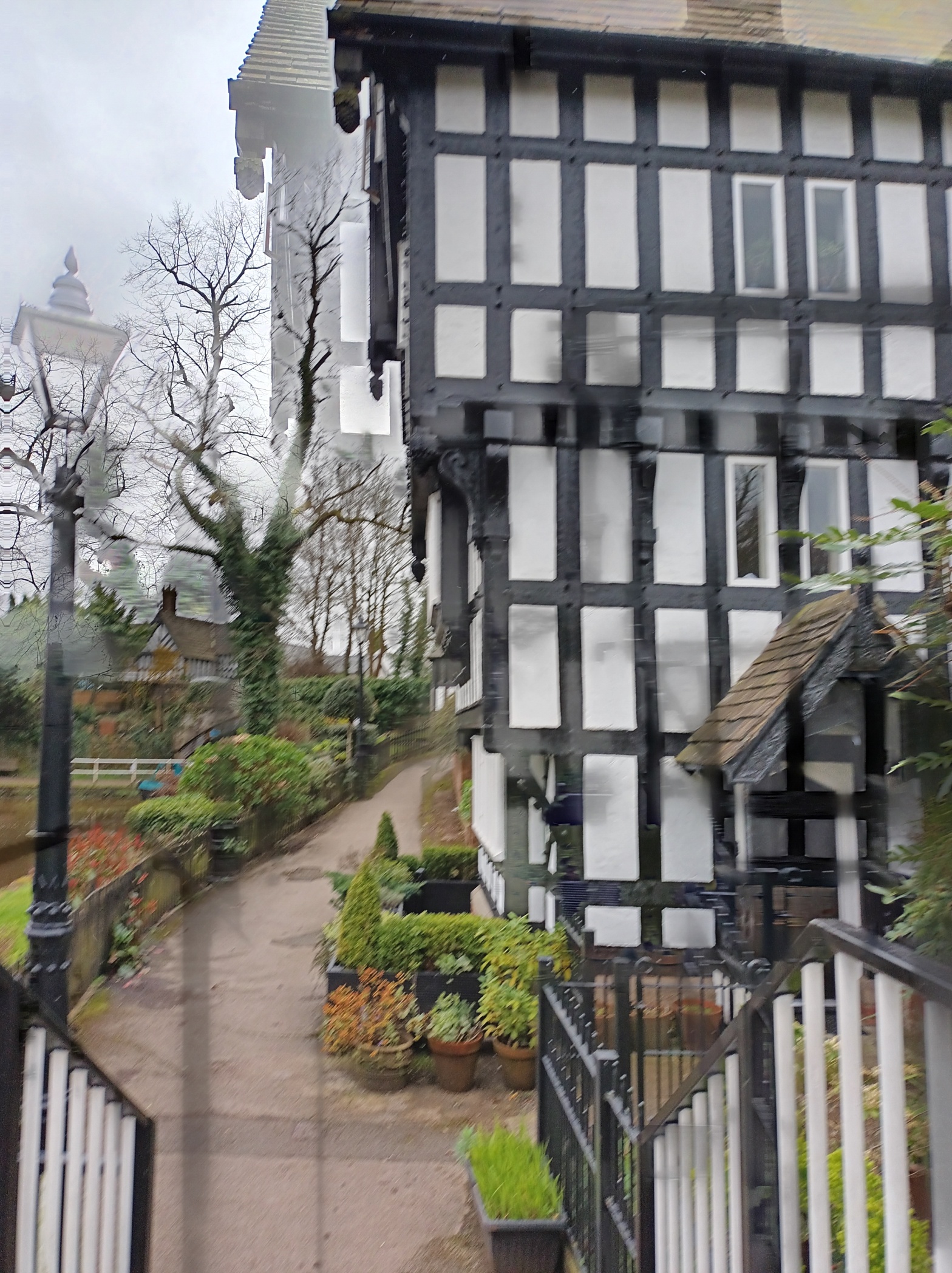For the first time ever we’ve a new reality beginning this week. Soon we shall be moving just a little for some time. Gone will be the long journeys across the country, or countries for a while. They will be something to look forward to and plan for the future, but for now we can revel in being in one area for a while, and being (we hope) useful to family.
Last week saw us on the Bridgwater Canal, in genteel surroundings that once would have been alive with a hustle and bustle of ‘Flyboats’ fetching and delivering people, parcels, food stuffs and livestock.

These busy boats plied a route from Preston Brook to Castlefield in Manchester. Passengers on the Worsley stop would buy their tickets at The Packet House, the dominant black and white building which dates from 1760. They would walk down the wide steps in front of the house to catch their boat.
Flyboats were designed for speed. They were especially lightweight and pulled by teams of horses that were changed at the stations with stables. They operated day and night. They had priority over other canal traffic at locks and a knife fixed to the bow could sever the towlines of any boats that got in their way. Forget genteel boating (if there ever was or is such a thing) – this was a cut throat commercial delivery business, the DPD of their day.
Their experienced crews were paid a premium and with the quantity of horsepower they required, these were expensive boats to run, so were generally run by the big canal companies like the Bridgewater, the Grand Union Canal Carrying Company, the Leeds and Liverpool Co., or Shropshire Union Canal Company. They ran to timetables so cargo could be booked by anyone at any stop. In later years some linked up with river or road carriers to extend their business.
The now peaceful picturesque place of Worsley would have been a hustling, bustling place, not only with the flyboats and the old boat yard, but also because of the commercial activity around the Delph underground coal mine. This mine was reached and worked by miners using not sunk shafts but via 46 miles of underground canal. The mine was the reason the Bridgwater Canal was built above ground. It was constructed to transport coal from the mine to the industrial hub of Manchester where demand for coal was high.

We were moored just up from the low roofed mine entrance, opposite the Duke’s Boathouse. This was where the Duke of Bridgewater kept his inspection barge. It has earned the nickname of the ‘Royal Barge’ as it transported royalty including Queen Victoria who wrote of her trip in 1851 “The barge glided along in a most noiseless & fairylike manner amid the cheers of the people who lined the banks of the canal…”
Her Majesty was also impressed by the wealth of the vast coalfields of the area if not the industrial landscape of Manchester in the distance. For us though, we headed along the Bridgewater away from Manchester and onto the Leeds and a Liverpool Canal through a landscape that has been shaped by coal, and by its demise, by limestone quarrying and peat extraction.

Travelling this stretch of canal for miles we could see the steel headgear of a mine dominating the landscape. At 98 feet high it is a huge reminder of Astley Green Colliery, and 15 acres of the former industrial site is now preserved as the Lancashire Mining Museum. Manned by dedicated volunteers and many former miners, it remains as monument to a way of life and an industry for generations of families. It is important for all of us that we understand the sacrifices that children, women, men and animals made to keep industry powered and homes warm. Lancashire’s worst pit disaster happened just a few miles away in 1910 at Hulton Colliery Bank Pit no. 3 known as The Pretoria Pit, in which 344 men and boys lost their lives.
Memorials across this area remind us all of the dangers and deaths coal mines have inflicted on individuals, families and communities. At Pennington Wharf alongside a marina constructed on land which once housed Bickershaw Colliery, stands a sculpture of a miners’ helmeted head, a memorial to 19 men who died in the mine in 1932 as a result of a mechanical failure.

Perhaps the biggest positive legacy coal mining has given to this area are the tremendous natural flashes – huge water-filled hollows created by subsidence. In this area Pennington Flash is now a 200-acre country park where wildlife and nature flourishes.

For us, we can be grateful to the coal mines and miners who toiled in them because they were the catalyst for the canals we now enjoy, to be built as commercial byways.
